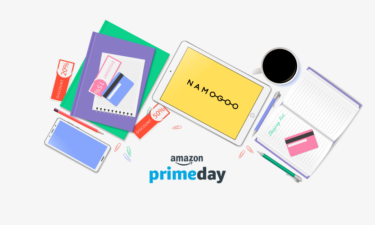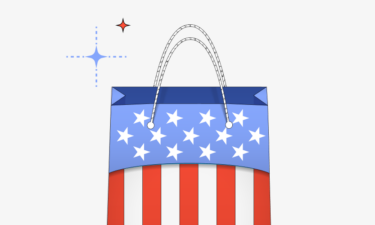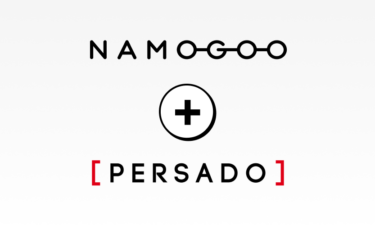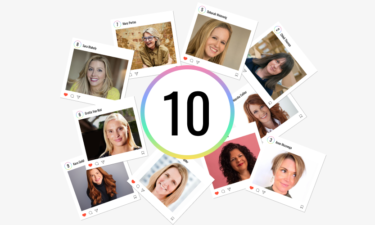Bonus material: 5 Types of Customers & What Motivates Them Guide
by Namogoo & Microsoft
Psychographic segmentation is a customer segmentation strategy that groups customers based on their psychological traits.
Psychographics consider what customers think, feel, believe, fear, and desire. They help brands to build buyer personas to drive their marketing and customer success strategies.
Psychographic segmentation can help your team better understand who your customers are, what they like, how they think, and what drives them to click “Add to cart.”
Below, we’ll cover exactly how to put psychographic segmentation to work. If you’re already familiar with this segmentation strategy, feel free to jump ahead to one of the advanced sections.
What Is Psychographic Segmentation?
Psychographic Segmentation Vs. Behavioral and Demographics
Psychographics Focus on Different Types of Data
Psychographic Data is Gathered in Different Ways
Benefits of Psychographic Segmentation
5 Types of Psychographic Segmentation
Develop a Deeper Understanding of Your Customers Through Psychographic Segmentation
What Is Psychographic Segmentation?
Psychographic segmentation divides prospective customers into segments based on physiological traits that impact buying behavior, such as:
- Interests
- Social status
- Lifestyle
- Personality.
It can be an effective eCommerce segmentation strategy because it helps your brand better understand your customers and provide recommendations, target ads, and serve marketing collateral based on what drives their decision to buy — or not.
Examples of psychographic segmentation include:
- Targeting high-earning, upper-crust individuals for luxury items like handbags or customized automobiles.
- Targeting early tech adopters for a new line of phones or tablets.
- Targeting those interested in outdoor activities for a line of rugged flannel shirts.
- Recommending plastic-free baby toys to parents who care about the environment.
Say you own a US-based flannel shirt company that targets men who enjoy outdoor hobbies. If you were using demographic information, you’d end up targeting a ton of men who have no interest at all in your products.
Using psychographic information, which looks at a prospect’s personality, likes, and interests, you can focus marketing resources like ad spend on individuals who are the correct gender, age, are interested in outdoor activities, and prefer American-made products.
Psychographic Segmentation Vs. Behavioral and Demographics
There are three main ways to segment eCommerce audiences:
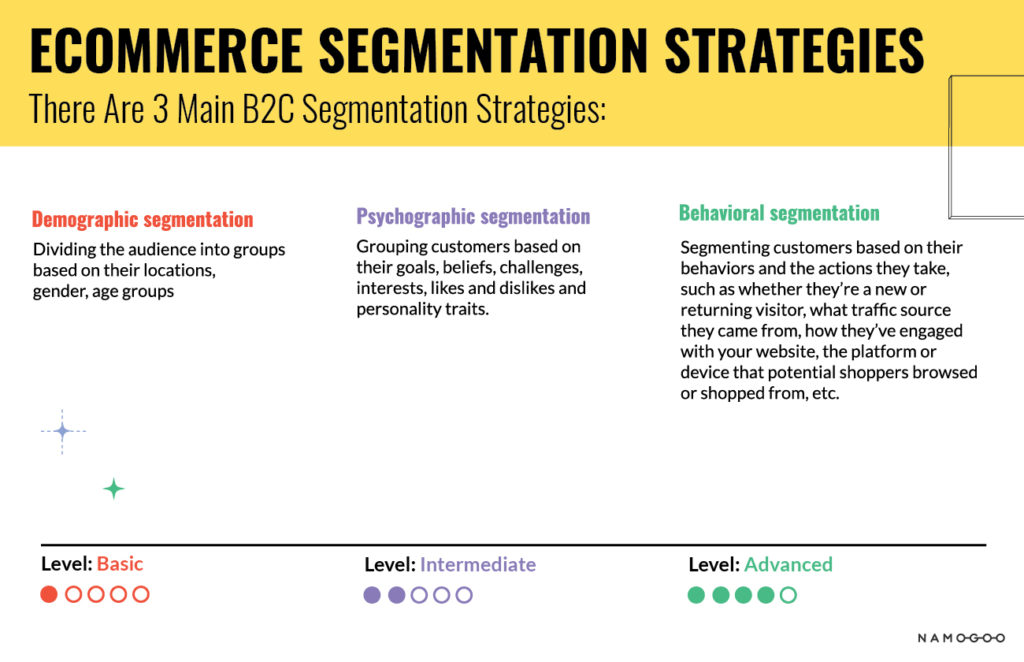
- Demographic segmentation: Dividing the audience into groups based on their location, gender, age group, etc.
- Psychographic segmentation: Grouping customers based on their goals, beliefs, challenges, interests, likes, dislikes, and personality traits.
- Behavioral segmentation: Segmenting customers based on their behaviors and the actions they take, such as whether they’re a new or returning visitor, what traffic source they came from, and whether they opened an email.
So, what makes psychographics different?
Psychographics Focus on Different Types of Data
Demographics focus on a consumer’s external characteristics such as age, race, gender identity, location, and income.
In contrast, psychographics data focuses on internal psychological factors, such as a person’s opinions, personality, or social status.
Behavioral elements focus on actions a customer takes, such as making a purchase, reading a specific blog post, or abandoning their cart. While this information may tell you where they are in the purchase funnel, it doesn’t inform you about who that customer is or what drove the action.
For example, a tech worker in Silicon Valley and a rural farmer might both read a blog post about long-lasting jeans — but they won’t respond to the same ad copy.
Psychographic Data is Gathered in Different Ways
Psychographic, behavioral, and demographic data are also gathered in different ways.
- Demographic data is generally collected via public data or market research
- Behavioral data is gathered via machine learning and clickstream or website analytics.
- Psychographic data is gathered by customer surveys and social media monitoring.
Psychographics are qualitative, whereas behavioral and demographic data tends to be more quantitative.
Psychographic data is therefore more difficult to gather than demographics or behavioral data, but it’s more detailed, allowing you to create actionable buyer personas.
Benefits of Psychographic Segmentation
Psychographic segmentation uses data to help you understand your customer’s goals, dreams, and how they view themselves. Say you sell a high-end, customized watch line.
A buyer persona based on demographics might look like this:
- Male
- 25 to 65 years of age
- High income
- White-collar worker
- Lives in or near a large city
These demographics (age, gender, income, and approximate location) provide some information about your target audience. But they are fairly broad and don’t provide a complete picture of what drives that consumer.
Hundreds of thousands of people might fit in that target audience. Are you going to target them all? You need to narrow down your segmentation a bit more, which is where psychographics comes in. Psychographics help you understand your target’s personality, opinions, and social status and how that impacts the way they respond to brands.
For example, the high-end, customized watch brand might find out their audience:
- Wants a watch that makes a splash and helps them stand out
- Doesn’t mind spending money for the right look and features
- Is willing to spend more to have something unique
This psychographic profile provides a deeper understanding of how your ideal customer thinks and feels, what drives him to make a purchase, and what matters to them.
Let’s look at a few other benefits of psychographic data.
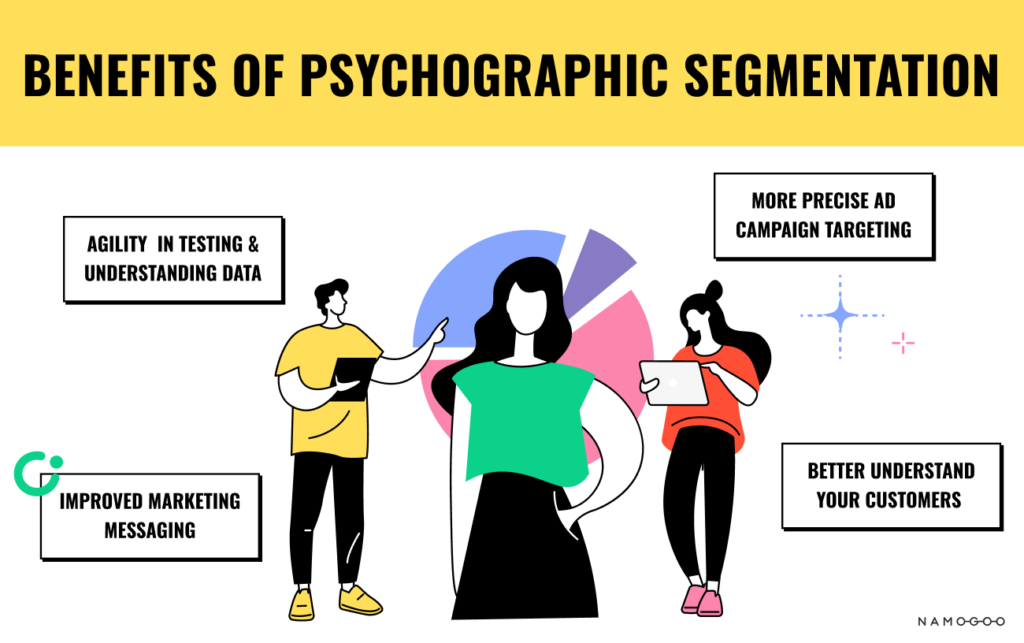
#1. Better Understand Your Customers
Perhaps the biggest benefit of psychographic segmentation is the ability to develop a deep knowledge of your customers, and what drives their purchasing decisions.
Buyer personas are built from psychographics.
Because psychographics explain the “why” behind consumer behaviors, discovering these key customer characteristics can help you better understand your customers and their buyer’s journeys.
#2. Improved Marketing Messaging
Creating compelling marketing copy requires speaking to prospects in their language.
For example, you wouldn’t use the same language to sell high-end suits and cheap phone chargers. Understanding what drives your customers allows you to use the language your customers connect with.
This targeted messaging can be used across your marketing channels to drive conversions. For example, in your:
- Onsite sales promotions
- Digital ad copy
- Email marketing communications.
#3. More Precise Ad Campaign Targeting
The average company spends 56.6% of its overall media ad spending budget on digital ads[*].
Making sure those ads reach the right audience is crucial to eCommerce success.Understanding what drives your customers makes it far easier to create well-targeted ad campaigns that don’t waste ad spend on people unlikely to covert.
#4. Agility in Testing & Understanding Data
Data is the core to understanding how well promotions and marketing campaigns perform, but post-campaign data is only as good as your ability to understand it.
Using psychographic segmentation helps brands understand specifically why campaigns are (or are not) working with specific audiences so you can adjust and improve.
This can provide your team a great deal of agility when it comes to testing, as you’re better able to make hypotheses behind a test result and even prioritize CRO tests.
5 Types of Psychographic Segmentation
Unlike demographic information, which looks at external characteristics like age, location, and gender, psychographic segmentation digs deeper by looking at factors that drive buyer behavior. The main types of psychographic segmentation include personality, social status, activities and interests, and lifestyle.
#1. Personality
This psychographic segmentation model attempts to group different types of customers based on their personality.
Personality is molded by an individual’s culture, location, social status, and religion, and can be broken down into a wide range of subcategories based on your overall target audience.
This customer property can also be intangible, but it provides deep insights into how customers perceive their place in the world and what drives them to make a purchase.
A few types of personalities include:
- Mainstream: This group tends to want to fit in and is likely to purchase items their friends, family, and coworkers have. They don’t want to stand out from the crowd or feel isolated; they want to feel part of a larger group.
- First Adopters: These are tech-savvy folks who love to be the first in their circle to have a new item, software, or tool. They tend to be willing to dive in and learn how to use something and can become brand advocates.
- Socially Conscious: Socially conscious buyers are concerned about more than just the price tag and what a product does — they buy from brands that care about the environment, pay livable wages, and use materials sourced from renewable resources. In most cases, they are willing to spend more to support brands they view as socially conscious.
- Frugal: Frugal personality buyers are always looking for a good deal. They aren’t necessarily low-income but still want a great value. They might be willing to spend more on items that are built to last.
Personality segmentation is challenging because your audience might have personality traits that don’t fit these segments or belong to several. For example, some of your audience might be both socially conscious and frugal.
Other personality types might include survivalists working paycheck to paycheck or rebels who are looking for items different from what everyone else has.
#2. Socioeconomic Status
Segmenting based on socioeconomic status digs a little deeper than income level alone. Socioeconomic status impacts the products people use, their price point, and what type of language speaks to them.
Each socioeconomic status should be targeted differently based on what they value and how much they are willing to spend.
- Upper Crust: Upper crust, or elites, are the richest of the rich, the top 1%. Most have never had financial struggles and are willing to spend lavishly on higher-end goods. Generally, their wealth is inherited or created through a business, not earned through a standard salary.
- Upper Middle Class: These individuals are generally white-collar workers that worked for their wealth. They tend to be older and spend more conservatively than the upper crust, but are willing to spend lavishly in some cases.
- Middle Class: This class tends to have a lower income than the top two social classes but still earns a solid paycheck. They tend to focus on value and reliability but aren’t necessarily looking for the cheapest items.
- Survivors: Survivors are those living paycheck to paycheck. They may be underemployed or unemployed and often live below the national poverty line. They often look for the cheapest solutions and may not be swayed by complex marketing campaigns because they simply can’t afford to spend much on non-essentials.
This segmentation type can help brands with a niche offering that is not helpful to all social classes. For example, a luxury car brand would target upper crusts and upper-middle-class, not survivors.
#3. Activities and Interests
This psychographic segmentation is based on activities individuals participate in and what triggers their interest. This can include:
- Hobbies: How individuals spend their leisure time, what interests them.
- Media consumed: Social media platforms used, favorite television shows, gaming preferences
- Aspirations: Educational and career aspirations, what they desire to achieve physically, emotionally, and mentally.
Brands can build marketing strategies and use language that appeals to individuals with varied interests.
For example, viewers who love watching science fiction shows and reading about astronomy may purchase different products and respond to different marketing strategies than someone who loves their dog and spends their weekends camping and hiking.
#4. Lifestyle
Lifestyle refers to how a person chooses to live their lives. This goes beyond demographic behavior, such as whether someone is married or has children, and looks at what is important to them.
For example, an apparel eCommerce brand might design a shoe campaign aimed at different lifestyles such as students, commuting workers, and athletes. Dividing groups based on lifestyle allows a brand to create different campaigns based on whether someone is looking for a shoe to run marathons, chase after children on a hiking trail, or swap out of their dress shoes for the commute home.
Lifestyle can be impacted by various factors, including location (a mother in rural Illinois will have a different lifestyle than a mother in NYC, for example), social status, and interests and opinions.
#5. Opinions and Beliefs
People form strong opinions and beliefs based on their religion, political beliefs, gender, and cultural background–all of which impact the products and services they buy, and how they respond to your advertising messaging.
A person’s opinions and beliefs form the baseline they use to determine if an item is useful and valuable to their life. Opinions and beliefs can impact:
- How important certain products are in their life
- Whether they care about where items are made or what materials are used
- Preconceived notions about products, brands, or language
For example, prospects who support different political parties or are from an immigrant family are likely to be swayed by very different marketing strategies.
Develop a Deeper Understanding of Your Customers Through Psychographic Segmentation
No matter what marketing channels you use, psychographic segmentation can help your eCommerce brand improve your marketing efforts and increase customer retention.
With a better understanding of your audience’s desires, goals, and motivations, you can:
- Improve your marketing copy
- Create well-targeted ads, reducing ad spend and improving profitability
- Better understand post-campaign data.
Now you need to start gathering data for psychographic segmentation through customer surveys and social listening.





